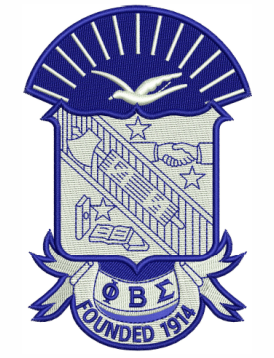Jan 25, 2024
Embroidery, an ancient art form dating back centuries, has seamlessly transitioned into the digital age, bringing forth innovative technologies to elevate the craft. Among the various digital embroidery file formats, the DST file stands out as a powerhouse, encapsulating intricate designs and paving the way for stunning stitched creations. Let's unravel the magic of DST files and explore the boundless potential they offer to embroidery enthusiasts.
Understanding DST Files:
DST, short for Data Stitch Tajima, is a file format commonly used in the embroidery industry. Originating from the Tajima embroidery machine, DST files serve as a universal language between digital design and physical stitches. Named after the Tajima embroidery machines that popularized this format, DST files are a digital repository of information that guides embroidery machines in recreating intricate designs. These files contain crucial information about stitch patterns, colors, and other details, guiding embroidery machines to produce intricate designs with accuracy.
Universality and Compatibility:
One of the primary strengths of DST files is their universality and compatibility with a wide array of embroidery machines. Every stitch, jump, and color change is encoded within the DST file, ensuring that the embroidery machine faithfully translates the digital design onto fabric.This standardization ensures that designs created in this format can be seamlessly shared and utilized across different machines and software platforms. For professionals working with various embroidery systems, DST files provide a common ground for collaboration and design exchange. Every stitch, jump, and color change is encoded within the DST file, ensuring that the embroidery machine faithfully translates the digital design onto fabric.
Precision Digitization:
DST files play a pivotal role in the digitization of embroidery designs. Artists and designers can use specialized software to translate their creative visions into the intricate language of stitches encapsulated in a DST file. This digitization process allows for precise detailing, intricate patterns, and a level of complexity that may be challenging to achieve through traditional embroidery methods. Embroidery DST files cover a diverse spectrum of designs. From elegant monograms to intricate logos and complex patterns, the versatility of DST files caters to a myriad of embroidery projects.
Editing and Customization:
DST files offer designers the convenience of easy editing and customization. Using embroidery software, designers can fine-tune their designs on a digital canvas before converting them into DST files. This flexibility allows for quick adjustments, experimentation, and the ability to cater to specific preferences, ensuring that each embroidered piece is a unique work of art.
Color Variations and Detailing:
The versatility of DST files is evident in their ability to accommodate various color variations and detailing within a design. This level of control allows for the creation of intricate, multi-colored designs with a level of precision that defines modern embroidery. The file format ensures that even the most elaborate embroidery patterns can be translated into beautiful stitched creations without compromising on quality.
Bridging Tradition with Technology:
Embroidery DST files bridge the rich tradition of handcrafted embroidery with the cutting-edge technology of today. This harmonious fusion enables artisans to preserve the authenticity of the craft while embracing the efficiency and precision offered by digital tools.
In conclusion, Embroidery DST files are the invisible architects behind the stitches that bring digital designs to life. As designers and enthusiasts continue to explore the immense potential of this file format, the art of embroidery evolves, ensuring its continued relevance and enchantment in the ever-evolving landscape of creative expression.


